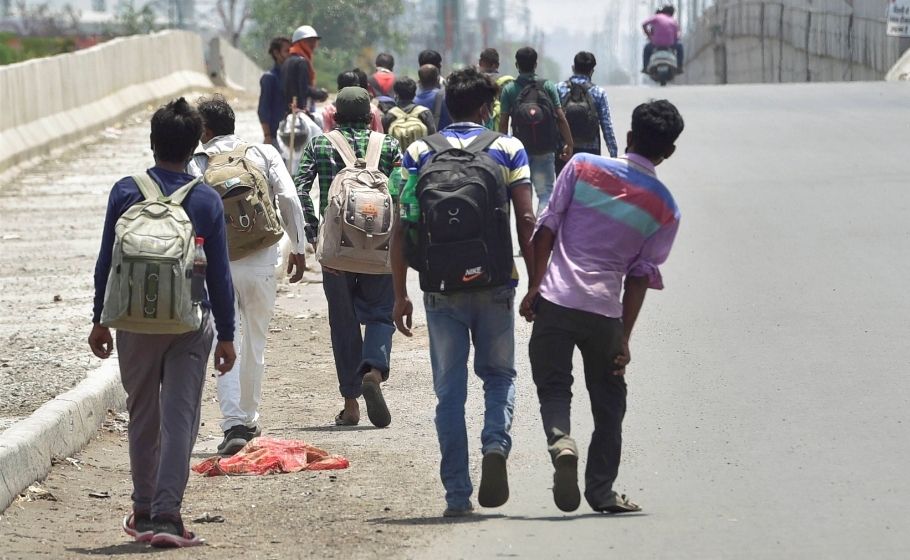
What if there's another lockdown? RBI report says it'll be 'unbearable'
While India is still struggling to undo the job losses suffered during the pandemic lockdown last year, another outbreak of the virus followed by the imposition of more restrictions will be unbearable, despite having a first-hand experience of the crisis, say central bankers.

While India is still struggling to undo the job losses suffered during the pandemic lockdown last year, another outbreak of the virus followed by the imposition of more restrictions will be unbearable, despite having a first-hand experience of the crisis, say central bankers.
India is currently witnessing a sudden surge in COVID-19 cases; it reported 40,715 cases in a day, according to an official update on Tuesday morning. With this, the active caseload increased [now 3,45,377] for the 13th day in a row.
Bankers at the Reserve Bank of India, including Deputy Governor Michael Debabrata Patra, believe that “another outbreak, more lockdowns and restraints, will get unbearable in spite of learning from the initial experience of living with the virus.”
In the central bank’s monthly bulletin, they have written this month that there’s a restless urgency in India to resume high growth, and incoming data point to even contact-intensive services such as personal care, recreation and hospitality gathering traction.
If the cases keep piling, its impact on growth will be felt during the April-June quarters, a Bloomberg report quoted Kaushik Das, chief India economist at the Deutsche Bank AG in Mumbai, as saying. The RBI had earlier projected a 26.2 per cent year-on-year growth for the said quarter.
The vaccination process is on in the country with two jabs – Covishield and Covaxin – being authorised for this.
Despite the rise in infections, India has so far avoided re-imposition of harsh restrictions like it had done last March, and unlike the European countries have been reacting to the reappearance of the virus. Last year, a complete shutdown was announced on March 24, which came into effect from midnight, thus bringing the country to a total standstill. As a consequence, the lockdown prompted a reverse migration of migrant labourers working in cities as the lockdown had left them with no money for even food.
Related news | India anticipates second COVID wave on anniversary of first lockdown
This time, Maharashtra has been reporting a high number of cases and has imposed mini-lockdowns in several districts to contain the spread of the virus.
The Centre for Monitoring Indian Economy has calculated India’s jobless rate will shoot up to 6.9 per cent in February as against 6.5 per cent in January. If current restrictions remain for two more months, 0.17 percentage points will fall off from the Barclay Plc’s nominal GDP growth estimate of 11 per cent for next year, said the firm’s economist Rajul Bajoria.
The weakened banking sector is being seen one of the main sources of financial risk that the country is staring at even though it is safe from COVID-induced panic as the country’s caseload has not yet filled its hospitals to the brim, according to economists.
Related news | COVID 2.0: Can the country cope with another lockdown?
Priyanka Kishore, head of South and south-east Asia economics at Oxford Economics in Singapore, said that the recent surge in COVID-19 cases is expected to impact India’s recovery and its “waning fiscal response and balance sheet stresses.” She said monetary conditions are expected to stay “accommodative through 2021, with the fiscal impulse set to wane from the second quarter,” according to the report.


